According to the test results of the Western Highlands Agricultural and Forestry Science Institute (WASI), the multi-crop farming method has been effective for agricultural production in Dak Nong province.

This measure has helped farmers improve soil fertility, increase crop yields, maintain beneficial microorganisms, and help plants withstand drought and adverse weather conditions.
Mr. Mai Van Quyen's family in Dak Dro commune, Krong No district has 2 hectares of coffee in the 10th year of cultivation. To cultivate effectively, Mr. Quyen applies the method of intercropping 2 rows of coffee with 1 row of pepper, about 400 pepper pillars/ha.
Mr. Quyen said: “Last year, the coffee yield reached over 4 tons/ha and I also harvested 1.5 tons of pepper. From the beginning of the season until harvest, the garden grew quite steadily. Because the intercropping garden helps the plants grow symbiotically, there are very few pests and diseases.”

Mr. Le Dang The's family in Dak M're hamlet, Quang Tan commune, Tuy Duc district, has more than 2 hectares of coffee mixed with pepper and fruit trees.
Mr. The said: “Intercropping not only increases economic efficiency on garden land but also limits insects and pests that harm the main crop. In particular, it limits risks even when the main crop is damaged or does not yield as expected.”
According to WASI, in recent years, through the dissemination of intercropping techniques and the transfer of high-value crop varieties other than coffee, the intercropping area in Dak Nong province has increased significantly, reaching 50% of the area in some places.
WASI's survey results on coffee growing households in Dak Mil, Dak Song, and Krong No districts show that the popular intercropping type today is single intercropping of durian, pepper, and avocado trees in coffee gardens, accounting for over 70% of surveyed households.
According to the assessment of the Dak Nong Department of Agriculture , intercropping also helps to limit the phenomenon of soil erosion. Plant residues from fallen leaves and branches of intercropped plants provide an additional 24 - 26% of organic matter in the soil.

In addition, crop diversification also contributes to improving soil organic matter, making the soil loose and increasing the efficiency of fertilizer and water use. Intercropping in coffee gardens has increased water use efficiency by 17.7%.
To produce 1 ton of coffee, only 500m3 of water is needed, while a pure coffee garden needs up to 600m3 of water. This is very important in the current situation of declining groundwater resources and extreme weather.
Intercropping gardens help limit and disperse pests that harm crops. Farmers should choose plants that repel pests and attract natural enemies.
According to recommendations, for intercropping, farmers can use crops such as: durian, avocado, citrus (orange, green-skinned grapefruit), pepper, macadamia, valuable timber trees...

Mr. Pham Tuan Anh, Director of Dak Nong Department of Agriculture and Rural Development, said that the province focuses on implementing and replicating suitable intercropping models that are capable of adapting to climate change.
Dak Nong regularly implements policies, projects, and programs for agricultural and rural development, helping to improve land use efficiency and arrange crop and plant structures suitable to local advantages.
Currently, intercropping models have created diverse products with good biological support, proving to be economically sustainable and more environmentally friendly than monocropping in unfavorable weather conditions.
Source: https://baodaknong.vn/dak-nong-da-dang-hoa-cay-trong-de-giam-thieu-rui-ro-230501.html


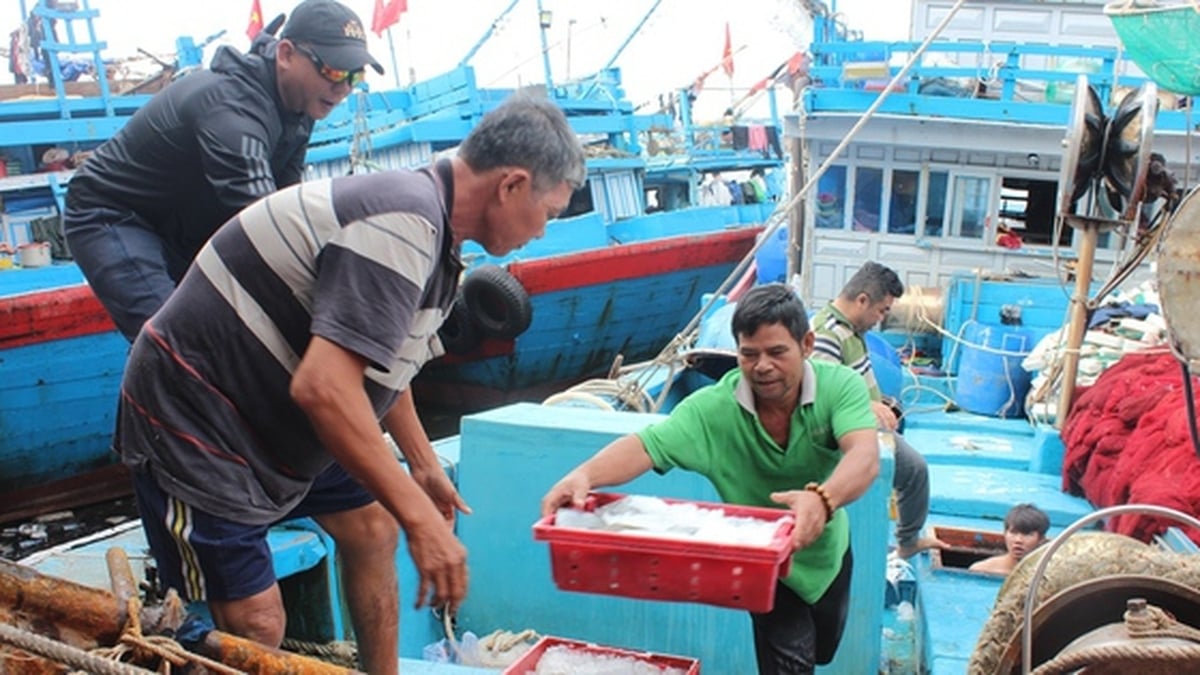






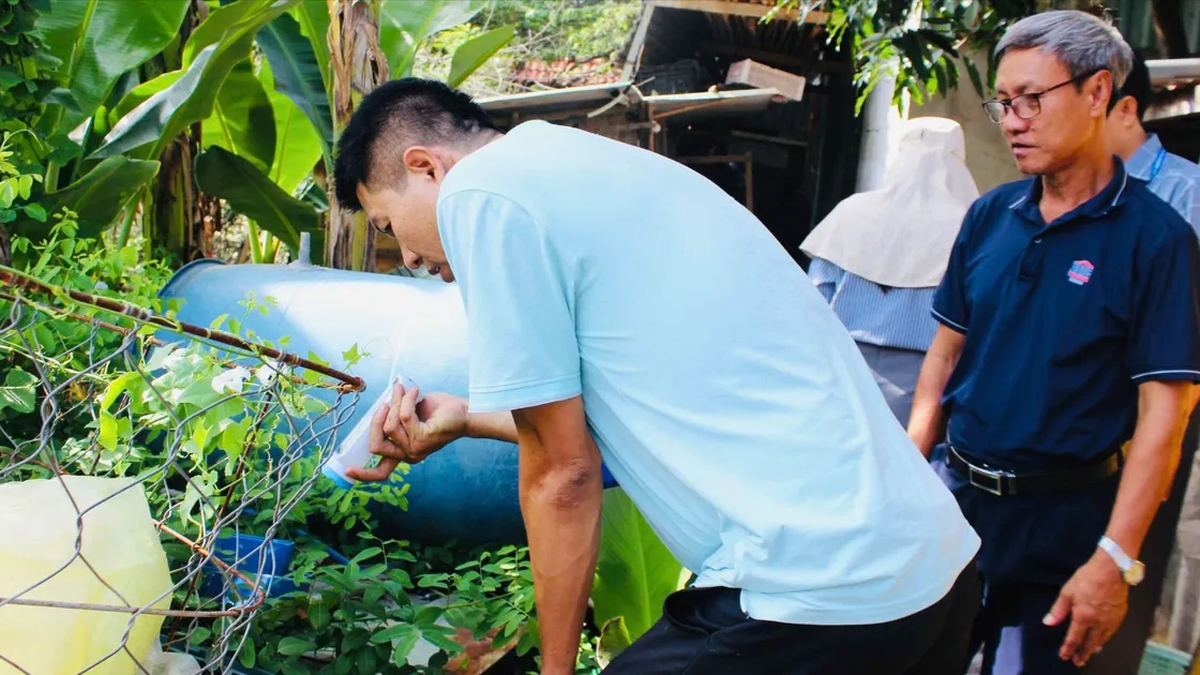

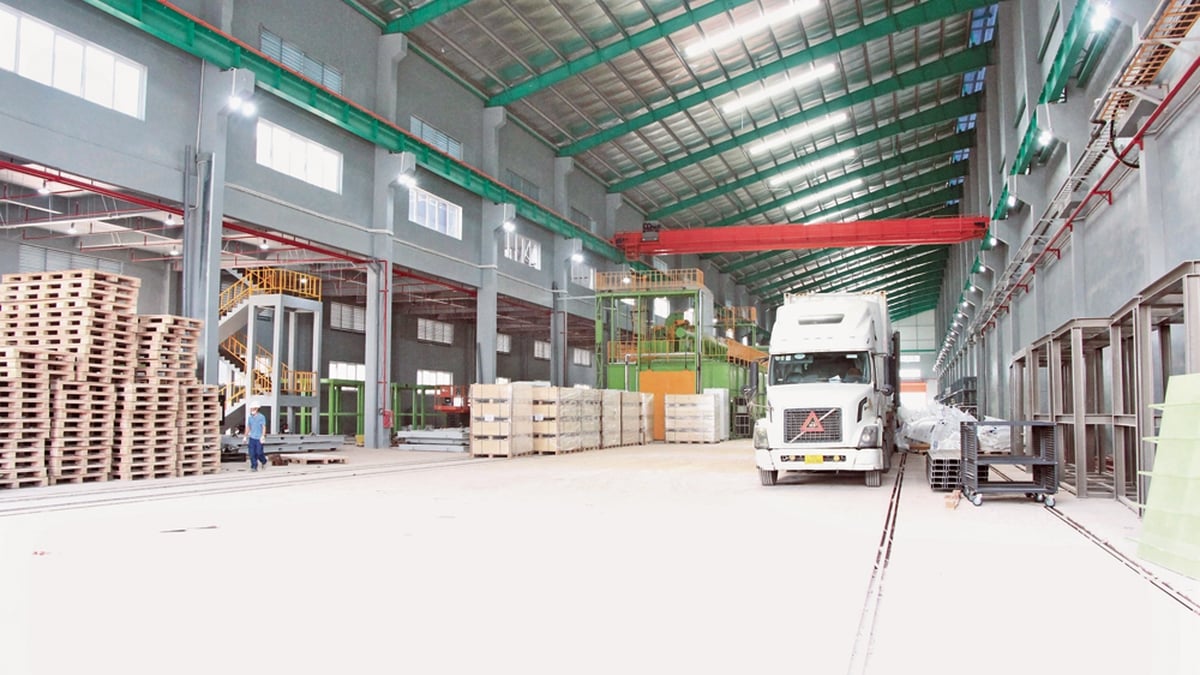


























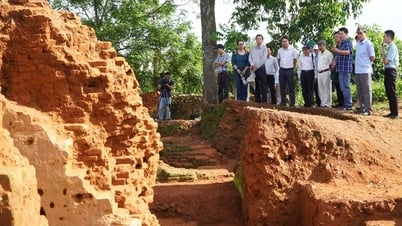










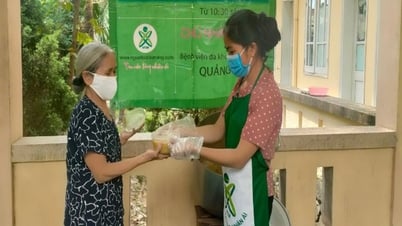
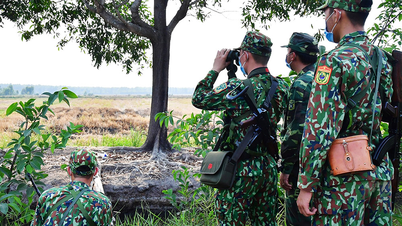













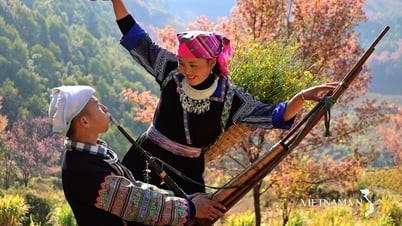











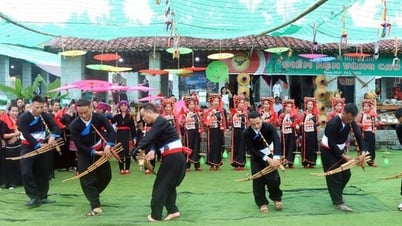
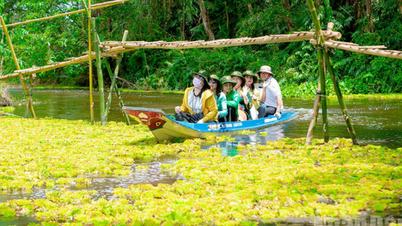

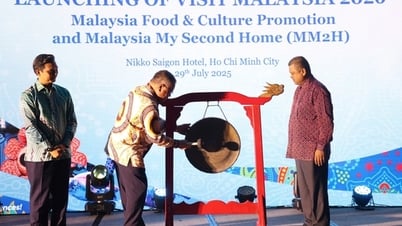







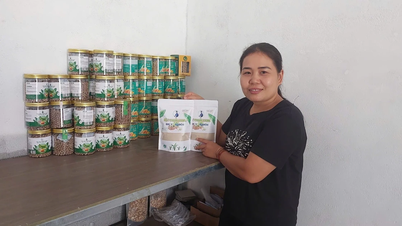

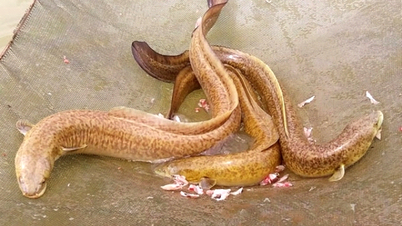








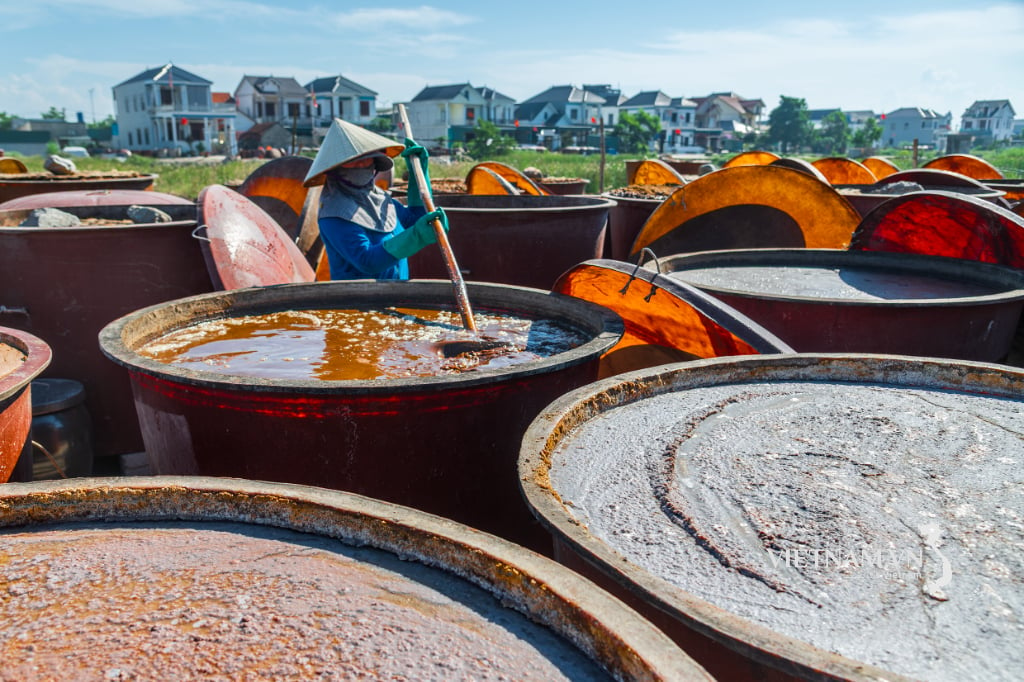
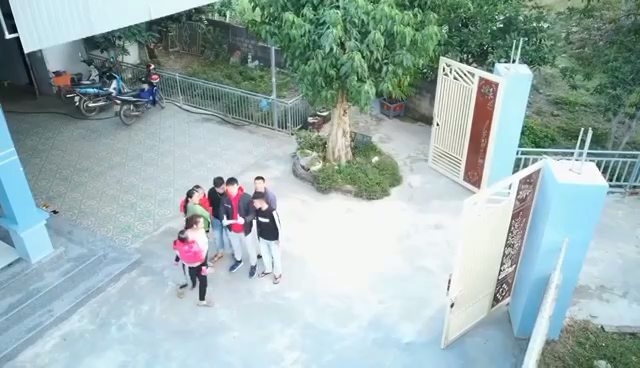
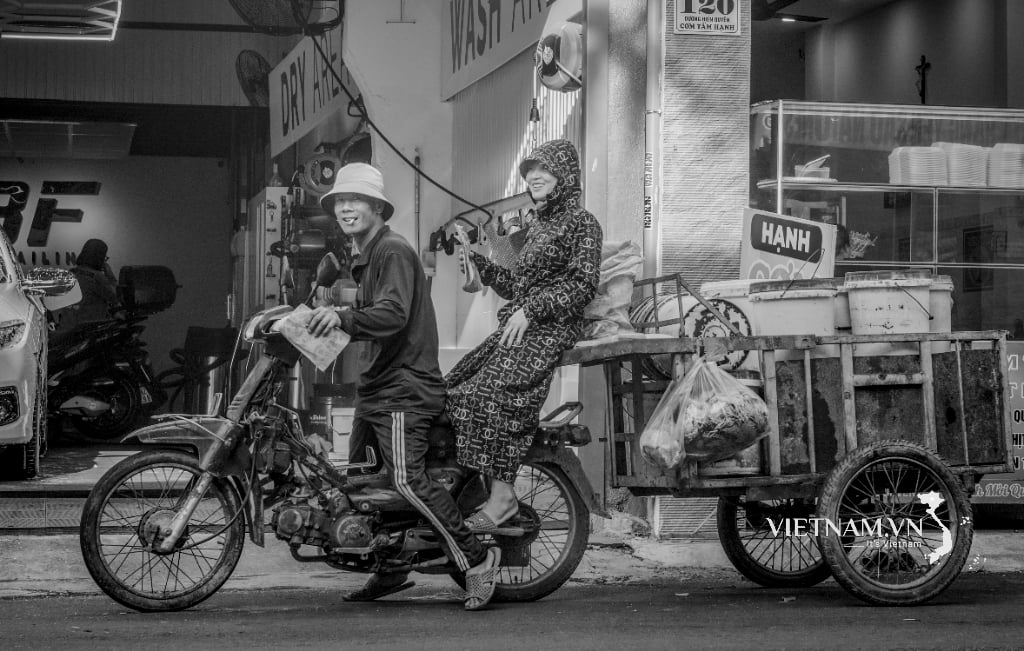
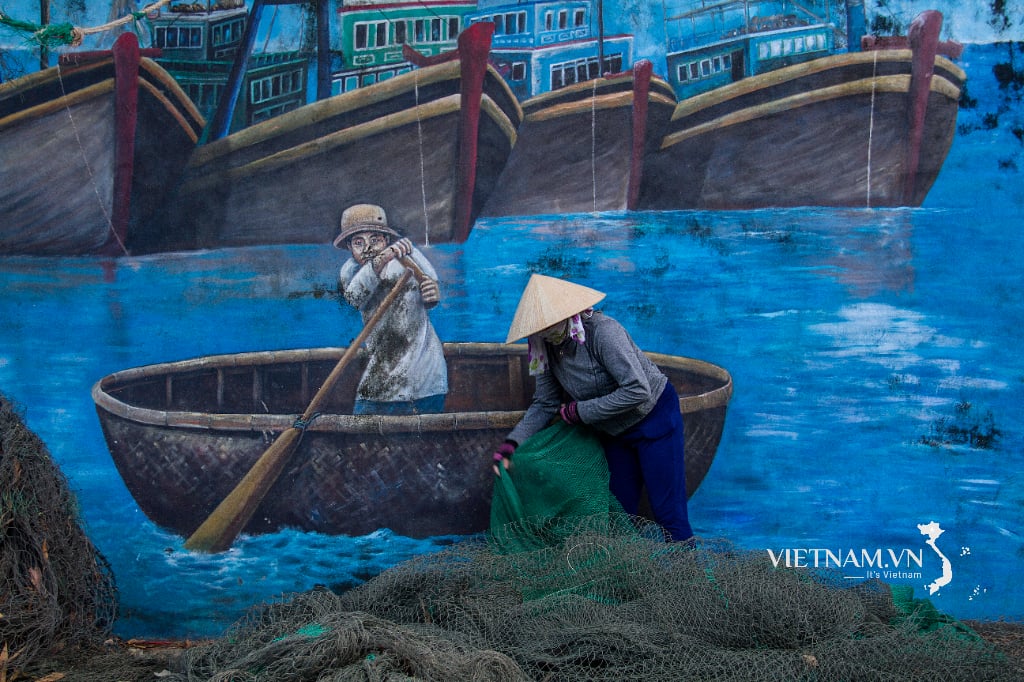
Comment (0)